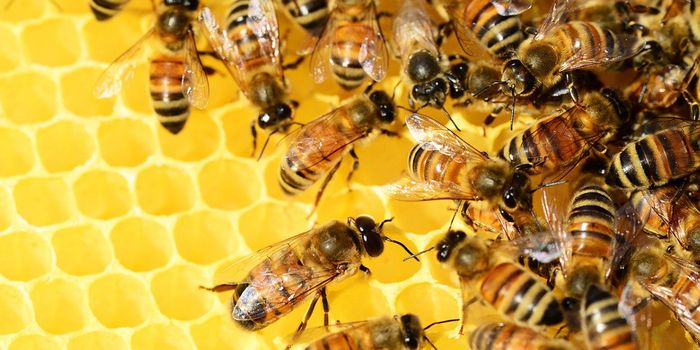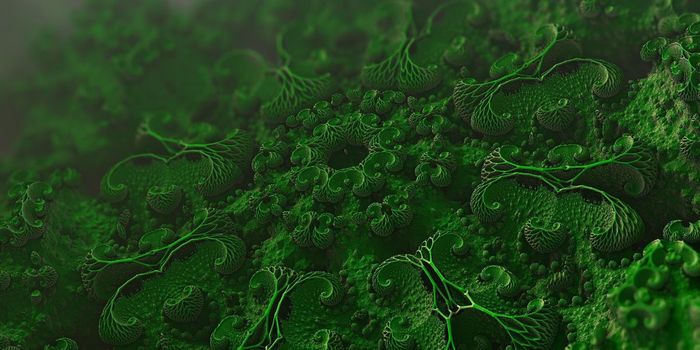Termite mounds, bee hives, beaver dams, ant nests; animals impact their environment as directly as humans do, changing and shaping landscapes to fit their needs, sometimes in such complex ways we couldn't ever even imagine. Take, for instance, the 850 meter beaver dam that covers a part of Wood Buffalo National Park in Alberta, Canada. First spotted from space via a satellite, this structure is so large that it encompasses two lodges. But better watch out neighbors, this crew seems be on the hunt for more real estate, as a third lodge has been documented in construction in recent years.
Anthills are another amazing feat that ant engineers construct. The largest anthill yet documented was found in Brazil and measured an area of 500 square feet and 26 feet deep. The architecture resembles a palace more than a hill, with specific chambers for the queen and guarding eggs, with even gardens and garbage rooms. In order to construct such a mammoth civilization, the ants likely moved upwards of 40 tons of earth and soil - the equivalent of moving a humpback whale! That certainly shows that teamwork has no limits!
Termite mounds build up above the ground instead of underneath like ant chambers, but they too are engineering masterpieces. Although termites seem to have no apparent communication methods other than pheromones, they are able to construct these gigantic homes within as little as three months. These mounds can reach up to nine meters tall; to put that into comparison, that would be like humans constructing a 2 km high building in that short a time! And what's more, termites have some of the best maintenance crews around, constantly fixing patches and holes that appear in their mounds and working together seamlessly to keep the home up to standards. Want to learn about more amazing animal engineers? Watch the video!








